France was on the brink of its first revolution in 1789.
late 1700s
France was on the brink of its first revolution in 1789.
late 1700s
Neo-Classicism means "new classicism." The artists of this period looked back to ancient Greek and Roman art.
We're adding new content all the time!
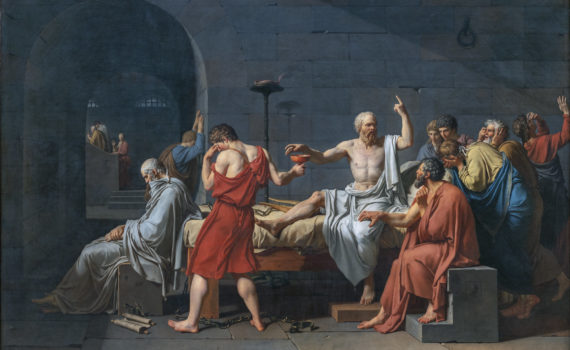
What is worth dying for? David draws comparisons between ancient Roman philosopher Socrates and the French Revolution
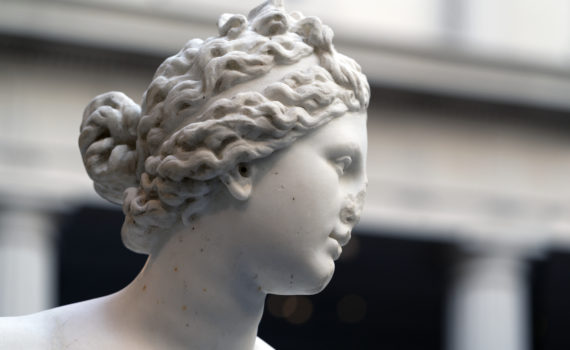
What's the difference between classic art, classical art, and classicism?
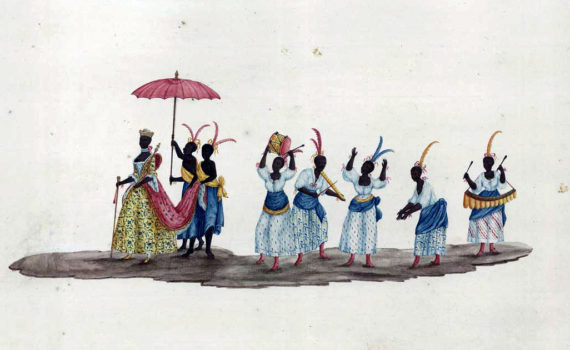
Hindu religion, Brazilian customs, and Andean artworks as seen through the eyes of a European colonizer.
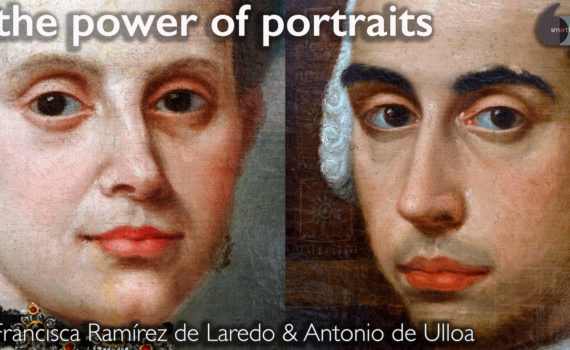
These portraits of a couple show us what the sitters want us to see about them, and conceal the less glamorous details of their lives
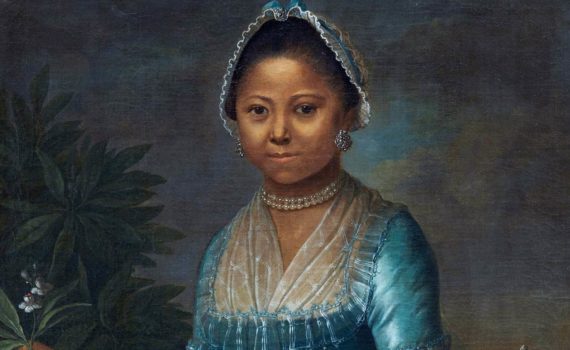
Who she is and how this painting came to be painted has yet to be unraveled, but a close reading of the dress provides clues to narrow the window for future research.
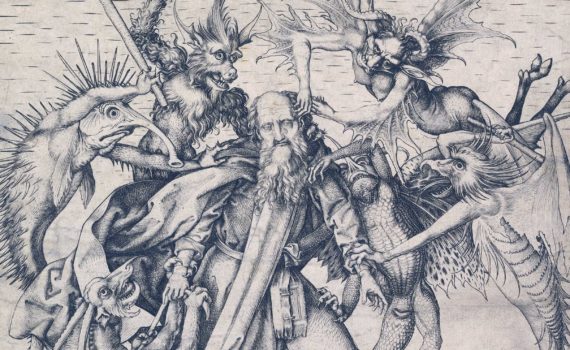
The portability and affordability of prints contributed to the exchange of information and ideas between cultures.
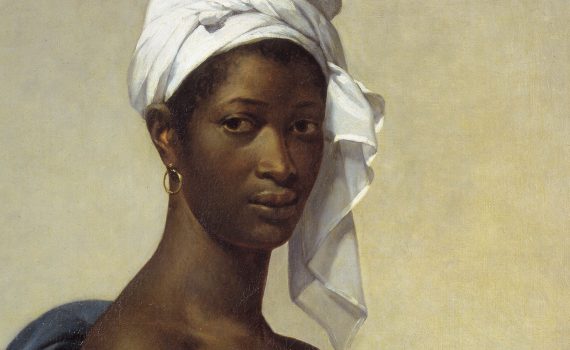
This portrait of an unnamed woman speaks volumes about slavery, politics, and gender in revolutionary France.
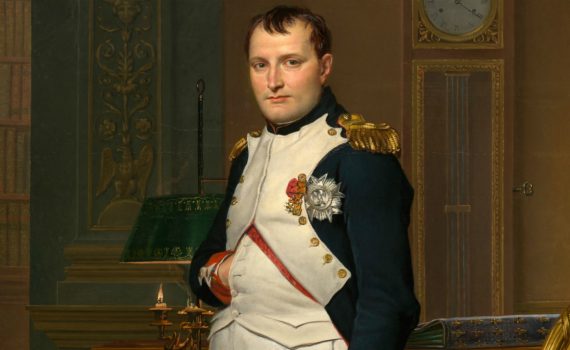
As the low candles and late hour suggest, Napoleon is short on time. David captures the twilight of his reign.
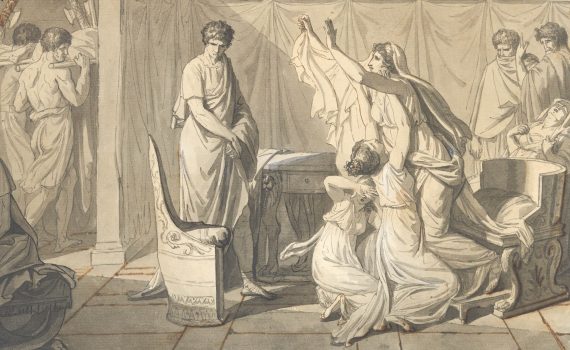
Rendering the grief of wives and daughters, David depicts the wrenching domestic aftermath of personal sacrifice.
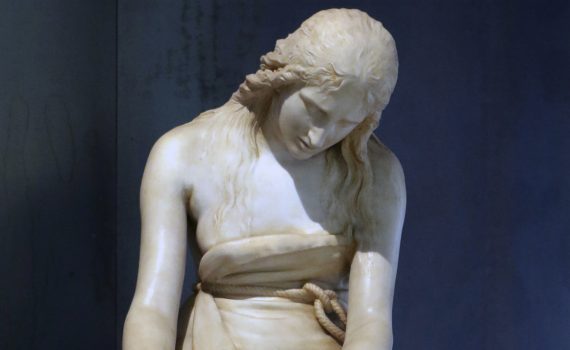
The novelist Stendhal called this sculpture “the greatest work of modern times.” Canova disagreed.
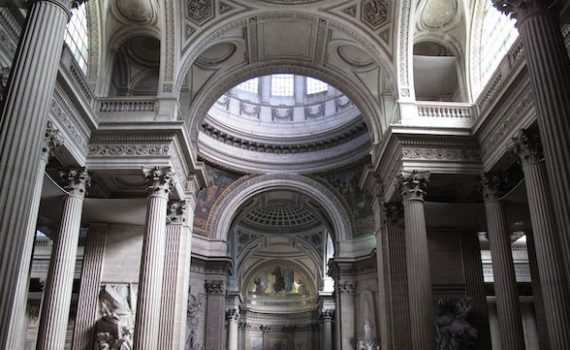
Uniting ancient Greek purity with Gothic daring, this church marked a new direction for French architecture.
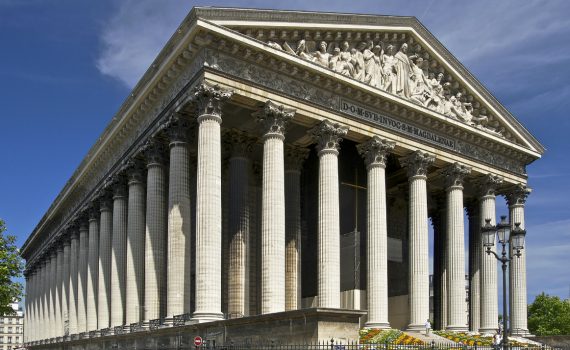
This Neoclassical monument to Napoleon’s army was modeled on an ancient Roman temple in Nîmes, just much bigger.